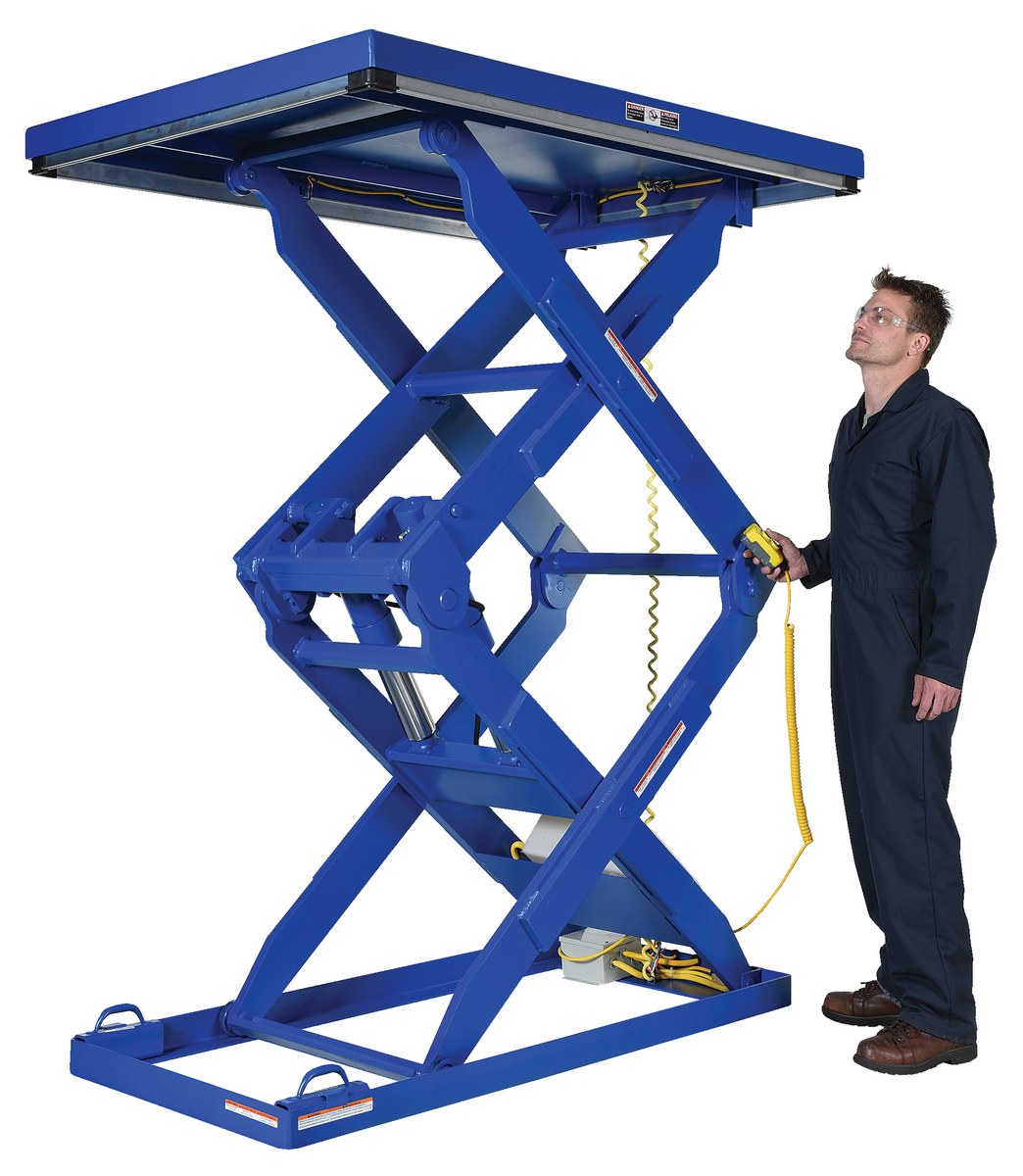Benefits of Scissor Lift Tables Explained
Industrial functions have been continuously evolving and even revolutionizing in ways that are as important and revolutionary as scissor lift tables. As technology and design continue to advance, these tables are being performed in an increasingly human-centric way to serve with different complex tasks. A major way this is seen is in the accuracy of their systems to be controlled. Newer models have controls for all the movements made by a digger-operator displayed digitally, programmable to many configurations and so precise the angles with which a digging is set can even be finely controlled. This level of precision helps industries that require very exacting assembly or installation work to leave less room for error and improve quality of end products.
Compatible to All material handling
Not only can you rely on them for their precision, but scissor lift tables are also relying on collective rigidity for comprehensive systems, which enable them to complement all kinds of material handling equipment. This integration forms a unified ecosystem in which data flows smoothly between devices, facilitating real-time monitoring and predictive maintenance. Operators can be alerted when a machine needs servicing, reducing downtime and optimising production schedules. This connectivity helps improve efficiency while also creating a safer workplace environment by preventing potential issues before they have the chance to turn into real problems.
Additionally, new designs in scissor lift tables have also been introduced to meet the increasing demand for flexibility in workspace configurations. Newer models are lighter and more streamlined, making them easier to work with in tight or crowded spaces. Such flexibility enables businesses to incrementally transform and reorganise workspace as needed, without heavy capital costs associated with equipment changes per the vagaries of production volumes. As companies look to retain agility in a continually shifting marketplace, the capacity to rapidly adjust operational configurations becomes a unique competitive edge.
Generally, the ongoing advancement and innovation in scissor lift tables supports not just safety and productivity but also a more integrated material handling solution. Thanks to their integration with cutting-edge technologies and intelligent design philosophy, these tables rank among the best in the world of industrial tools, helping enterprises tackle the evolving workspaces of the present with unwavering confidence and performance.
Trends in Future in Material Handling
As industries evolve, a brighter future awaits material handling, one where scissor lift tables play a major role. Continuous research and development activities are aimed at improving the efficiency, safety, and adaptability of these machines. Features like improved connective technologies, AI-powered maintenance routines, and even more energy-efficient layouts will test the limits of what these hoists are capable of doing.
As far as the future of scissor lift tables is concerned, the combination of these machines with other developing technologies in the world of material handling tools, it is also likely to contribute in the thousand percent development of completely completely automated methods. These systems will be able to handle complex tasks with little to no human assistance, minimizing human error and expediting operations. The introduction of technology and innovations will lead to unparalleled growth of industrial work practices concerning scissor lift tables and they will become the backbone of every industry.
Conclusion
Scissor lift tables provide a wide range of benefits in today’s industrial and commercial environments. With applications that run the gamut from improved operational efficiency and safety to an affordable and flexible option for virtually any task, these lifts are an indispensable element of any material handling plan. In addition to optimizing processes, scissor lift tables can greatly improve workplace safety, ergonomics, and sustainability when used with other sophisticated material handling equipment.
Their potential to lessen manual labor, reduce workplace injuries, and increase overall productivity makes them an important tool in the modern business environment. As lead has shown, many pioneers can continue to serve human custom and minds on the computer to help people prosper, then develop innovative and future-oriented features. It is not just an option for companies to invest on material handling equipment and optimize their operations for a dynamic marketplace — it is a strategic necessity.

